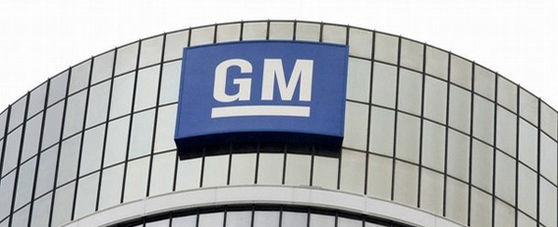The money was provided by TARP, the programme that was set up to bail out insolvent banks. However, there is a fundamental difference in the case of the GM rescue: the taxpayer lost money– $11.2 billion to be precise. That means gross capital losses (taking away inflation or the cost of capital) of $45.6 billion.
The nationalisation of General Motors caused a dramatic shift on the balance sheet of the company. Since 2009, the company has had cash reserves and financial instruments with high liquidity in the vicinity of $30 billion. Indeed for many, General Motors was flagged as having a “fortress of a balance sheet”.
That is, until now. On March 9, CEO Mary Barra, announced that the company will only need to have $20 billion in cash reserves going forward, and will conduct a share buyback $5 billion by the end of 2016. In response, the activist investor, Jarry J. Wilson, abandoned his attempt to secure representation on the board of the company, a position he was seeking from Ms Barra. This turn of events eventually forced General Motors to conduct a repurchase of $8 billion dollars. If the company had bowed to pressure from Wilson, it would almost certainly have seen its rating cut by Standard and Poor’s and Moody’s.
The announcement of the transaction between the Treasury and General Motors arrived on the same day that the bull market saw its best performance in six years, with the Nasdaq at levels not seen since the dotcom bubble in the late 90’s. The last time the bull market was so strong coincided with the election of Barack Obama. Since that time, capitalisation of companies on the Standard and Poor’s index has tripled, reaching $19 billion, with the average price of a stock going from $24 to $85.
But all this appreciation is tricky. And it is a trap into which General Motors has fallen. In 2014, for example, 95% of profits on the S&P 500 went to treasury stock transactions and the payment of dividends. In fact, the US carmaker is not exceptional. Apple, for example, by issuing treasury debt, has two years to pay dividends despite its immense liquidity. This is, in effect, done partly to satisfy the demands of another activist investor, Carl Icahn. Big Oil, with ExxonMobil taking the lead, will issue debt and sell assets in 2015 while continuing to remunerate their shareholders.
This is in line with the proliferating trend of activist investors in the market. According to Strategas, the number of activist funds has increased from 76 in 2010 to 344 in 2014. An activist investor buys shares in a company and then sets about making life impossible for managers so that they raise the value of the shares or provide better dividends for shareholders.
The case of General Motors, therefore, is not exceptional. But it is highly symbolic. The company was not only bailed out by the state, but moreover, the administration suffered losses in the rescue, an outcome which differs greatly to what happened when capital was injected into the banks.
Thus, the best bull market in almost a decade has indeed been exposed as a trick. US companies are making money, but much of that capital is going to reward shareholders. And that is hardly the most efficient use of resources. To offer an example: according to data from JP Morgan, cited by Barron’s magazine, the titles of two thirds of the companies that have been targeted by activist investors had a performance above market average in the year prior to entry of those shareholders into the companies. That is not the case with General Motors however, whose stock has risen just 11% since the launch of the firm’s IPO in 2012.
However, with the recovery gaining traction, the tendency to reward shareholders could become dangerous. On the one hand, managers whose remuneration tends to be linked to share price will have more and more incentive to try to inflate the value of securities. But on the other, it remains to be seen if profits will continue to grow at the pace of recent years. And, with the knowledge that the Federal Reserve will begin to raise interest rates this year, most probably in June, possible volatility in equity markets calls into question the strategy of borrowing or reducing liquidity on the part of companies in a bid to placate shareholders. That may be one of the unintended consequences of the impending normalisation of US monetary policy in 2015.






Be the first to comment on "GM races to placate shareholders"